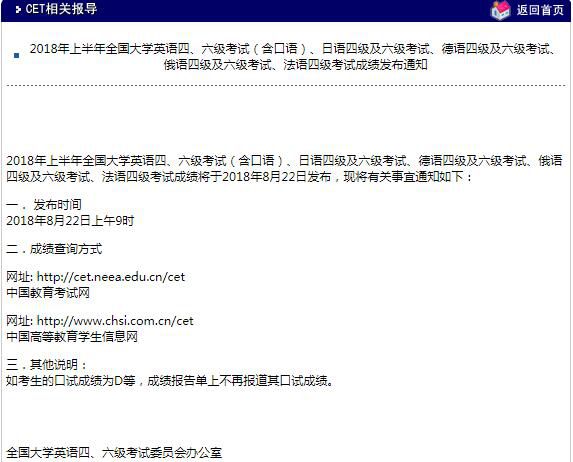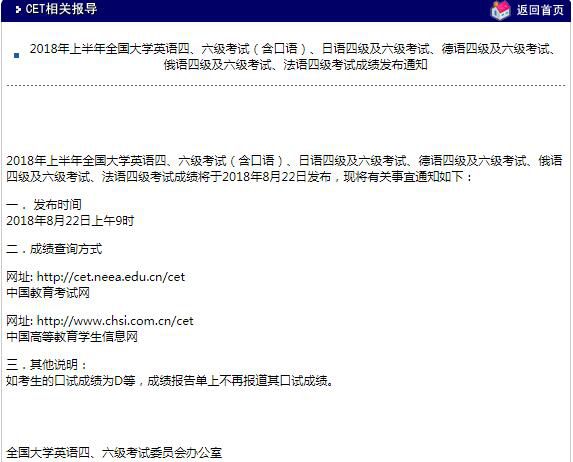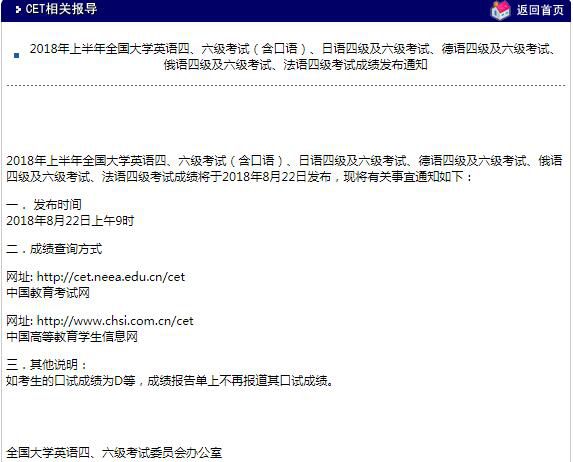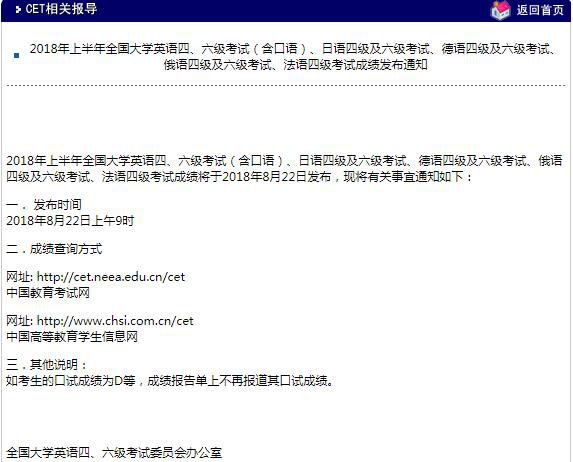|
5.定语从句 定语从句是在句子中起形容词作用的主谓结构,通常修饰它前面的名词或代词,即它的先行词。定语从句是由关系代词和关系副词引导的。 1.关系代词引导的定语从句 ⑴引导定语从句的关系代词有:who,whom,whose,which,that. ⑵关系代词在从句作主语、宾语、定语和表语的作用;当作宾语时,关系代词常常可省略。如:
This is the girl (whom) you‘ve been looking for. ⑶当定语从句所修饰的先行词是人或人格化的动物时,引导词用who,whom或whose; 如果先行词是无生命的东西,用关系代词which;而that可用于以上两种情况。
The man who robbed you has been arrested. That is the book which cost me twenty dollars. Which还可以指婴儿、动物和表示单数意义的集合名词,如:
The baby (which) the nurse brought in was Mary‘s child.⑷关系代词that和which的语法区别当先行词的前面有形容词的最高级修饰时,通常用that而不用which.如:
The final match is one of the most exciting football games that I have ever seen.当定语从句所修饰的先行词的前面有all,any,little,only,much等修饰时,或者这些先行词本身就是all,one,little,much,nothing等不定代词时,通常用that而不用which. I am interested in all that you have told me. It seems that is the only thing that we can do now.
当定语从句作介词的宾语时,只能使用which而不用that. The world in which we live is in constant motion and in constant change.当定语从句是与代词、数词或名词词组连用引导非限定性定语从句时,只能使用which而不用that. I bought a dozen eggs,five of which broke when I dropped the box at my door.
当先行词的前面有the only (first,last,same,next,very)等词修饰时,通常用that而不用which. This is the very movie that I want to see.当被用来指代整个句子,引导非限定性定语从句时,只能使用which而不是that. Things then improved,which surprises me. Her brother snatched the letter away,at which she was furious. 2. 关系副词引导的定语从句 ⑴引导定语从句的关系副词有:when,where,why,how等。 ⑵关系副词when,where,why在从句中作状语时,可用“介词 which”来替代。如:
The reason why (= for which) he is in hospital hasn‘t been known yet. 3. 限定性定语从句和非限定性定语从句 限定性定语从句与先行词关系密切,用来描述主句所涉及的人或物的具体情况,与主句不可分割。这种从句在口语中前后没有停顿,在文字中前后没有逗号。
非限制性定语从句与先行词之间的关系比较松散,为主句所描绘的人或物提供一些附加情况,并非绝对必要。这种从句在口语中有停顿,在文字中往往用逗号与主语隔开。
另外,非限定性定语从句可用which,who,whose,when,where等来引导,但不可以用that来引导。如:
The wine,which was in the cellar,was ruined.(非限定性)
The wine which (that) was in the cellar was all ruined.(限定性)
在限定性定语从句中,关系代词有时可省略;但是在非限定性定语从句中,关系代词不能省略。 6.状语从句 在句子中起状语作用的句子叫做状语从句。状语从句可以位于句首、句中或句末。位于句首时,从句末通常有逗号与主句隔开;位于句中时,从句的前后都必须有逗号;位于句末时,从句的前面可以不用逗号。状语从句按意义可分为时 间、地点、原因、条件、让步、方式、比较、目的和结果等状语从句。状语从句由从属连词引导。 1.时间状语从句 引导时间状语从句的连词有:after,as,before,once,since,till,until,when,whenever,
now (that),as soon as,as long as,no sooner…than等。
有些名词短语也可以引导状语从句,如:
every time,the moment,the instant. When I saw her,she was watching closely at the photo on the wall. As the sun rose,the fog dispersed. The instant he received the letter,he started off at once. Every time he went to Beijing,he used to visit the Great Wall. as,when和while都可以表示主句中动作发生的背景,也可以表示主句的动作与从句的动作同时发生,如:
As he stood there,he heard what they were talking about. I stood up and wanted to go out,when she came in. till和until在主句谓语为持续性动词的肯定式时,作“直到……为止”解,在主句谓语为瞬间动词的否定式时作“直到……才”解,如:
Let‘s wait till / until the rain stops. I did not begin work till / until he had gone. once,directly,the moment,the instant和as soon as都作“一…就”解,通常可以互换,如:
Once you understand this,you will surely make rapid progress in your study.由副词加从属连词no sooner…than,hardly / barely / scarcely…when等引导的时 间状语从句,如果no sooner,hardly,barely,scarcely前置句首,主语与谓语须用倒装结构。如:
Hardly had the film started when they came. No sooner had we reached the top of the hill than we all sat down to rest. | 







